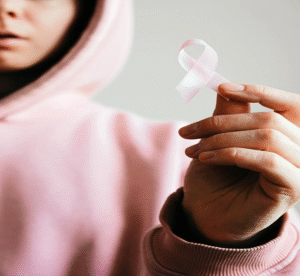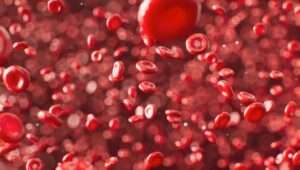Millions of women and families are impacted by breast cancer every year, becoming an increasingly common diagnosis worldwide. According to WHO, in 2022, 2.3 million women were diagnosed with breast cancer and 670 000 deaths occurred globally. Previously, it was more prevalent in older women, but for the past few years it has been affecting younger women too. Early detection and awareness are more important than ever due to the rising occurrence. Knowing the dangers, signs, and ways to prevent them can significantly improve the outcomes.

Risk Factors
Although the exact origin of breast cancer is unknown, the following risk factors can significantly increase your chance of developing it:
- Age: After 40, particularly after menopause, risk rises.
- Family history: The risk increases if there is family history of breast cancer.
- Genetic mutations: An increased risk of breast cancer is associated with mutations in the BRCA1 and BRCA2
- Hormonal factors: hormone replacement therapy, late menopause, and early menarche can play a role.
- Lifestyle choices: Modifiable risk factors include smoking, alcohol use, obesity, and inactivity.
- Exposure to radiation
Self-Examination and Early Detection
Breast Self-Examination is the simplest, yet the most effective method for early diagnosis. By regularly checking your breasts, you easily notice any abnormality like:
- Lumps or thickened areas
- Nipple discharge
- Skin dimpling or puckering
- Changes in size or shape
Try to do BSE at least once or twice a month.
Life-Saving Medical Screenings
Apart from self-assessments, routine medical examinations are essential:
- Mammography: For women aged 40 years or above, mammograms are advised every year or every two years.
- MRIs or ultrasounds: Are frequently performed on women who have high-risk factors or thick breast tissue.
- Clinical breast exams: Performed by a physician as part of standard routine examinations.
Treatment Options
Breast cancer is curable, particularly if detected early. Depending on the cancer’s genetics, stage, and kind, treatment regimens can vary, but may include:
- Surgery: mastectomy (removal of the breast) or lumpectomy (removal of the lump).
- Radiotherapy: After surgery, radiation therapy targets any cancer cells that remain.
- Chemotherapy: Usually used when cancer has metastasized, this treatment uses medications to destroy cancer cells.
- Hormone therapy: Prevents the growth of some malignancies by blocking hormones receptors like estrogen receptor (ER) or progesterone receptor (PR).
- Targeted therapy – Focuses on specific proteins or mutations (like HER2-positive cancers).
- Immunotherapy – Boosts the body’s immune system to fight cancer (used in some advanced cases).
A multidisciplinary team—including oncologists, surgeons, and counselors— works together to create a personalized treatment plan.
Prevention
Although the genes cannot be altered, but you can reduce the risk by:
- Consume a plant rich and balanced diet.
- Stay physically active. Should take at least 10,000 steps a day
- Avoid smoking and drinking.
- Breastfeeding has been shown to lower the risk.
- If you have a strong family history, discuss genetic testing with your physician.
Conclusion
Because of increased knowledge, faster diagnosis, and better therapies, breast cancer survival is increasing along with the disease. Take the initiative. Schedule screenings, conduct self-examinations, and lead a lifestyle that promotes breast health.
By working together, we can transform awareness into action, and action into results that can save lives.








